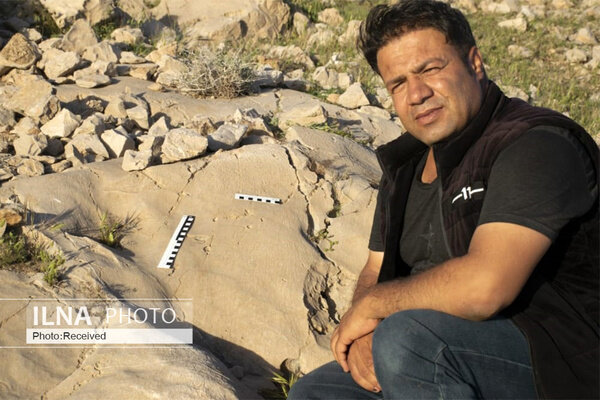Ancient astronomy inscription discovered in Marvdasht

TEHRAN – An ancient inscription has recently been found in Marvdasht, southern Fars province, ILNA reported on Sunday.
Astronomy and chronology are mentioned in a historical inscription found at Naqsh-e Rostam, a must-see travel destination embracing majestic treasures from the Achaemenid and Sassanid eras, researcher Abolhassan Atabaki said.
Other inscriptions have also been found in this region, but this stone inscription is about astronomy and chronology, written in two short lines on the smooth rocks of the mountains in the Pahlavi script, he added.
Based on the script and the way it was written, this inscription was written by scribes from the ancient city of Istakhr or the Naqsh-e Rostam residents in the late Sassanid period (224–651), he explained.
The translation of this inscription has recently been published in the “Research Journal of the Iranian Civilization” of Kerman University, he noted.
One of the wonders of the ancient world, Naqsh-e Rostam, is home to spectacular massive rock-hewn tombs and bas-relief carvings. Moreover, it embraces four tombs where Persian Achaemenid kings are laid to rest, believed to be those of Darius II, Artaxerxes I, Darius I, and Xerxes I (from left to right facing the cliff), although some historians are still debating this.
The Achaemenid necropolis is situated near Persepolis, itself a bustling UNESCO World Heritage site near the southern city of Shiraz. Naqsh-e Rostam, meaning “Picture of Rostam” is named after a mythical Iranian hero which is most celebrated in Shahnameh and Persian mythology. Back in time, natives of the region had erroneously supposed that the carvings below the tombs represent depictions of the mythical hero.
There are stunning bas-relief carvings above the tomb chambers that are similar to those at Persepolis, with the kings standing on thrones supported by figures representing the subject nations below. There are also two similar graves situated on the premises of Persepolis probably belonging to Artaxerxes II and Artaxerxes III.
Beneath the funerary chambers are dotted with seven Sassanian eras (224–651) bas-reliefs cut into the cliff depict vivid scenes of imperial conquests and royal ceremonies; signboards below each relief give a detailed description in English.
At the foot of Naqsh-e Rostam, in the direction of the cliff face, stands a square building known as Ka’beh-ye Zardusht, meaning Kaaba of Zoroaster. The building, which is roughly 12 meters high and seven meters square, probably was constructed in the first half of the 6th century BC, although it bears a variety of inscriptions from later periods. Though the Ka’beh-ye Zardusht is of great linguistic interest, its original purpose is not clear. It may have been a tomb for Achaemenian royalty or some sort of altar, perhaps to the goddess Anahiti, also called Anahita believed to be associate with royalty, war and fertility.
ABU/AM
Leave a Comment